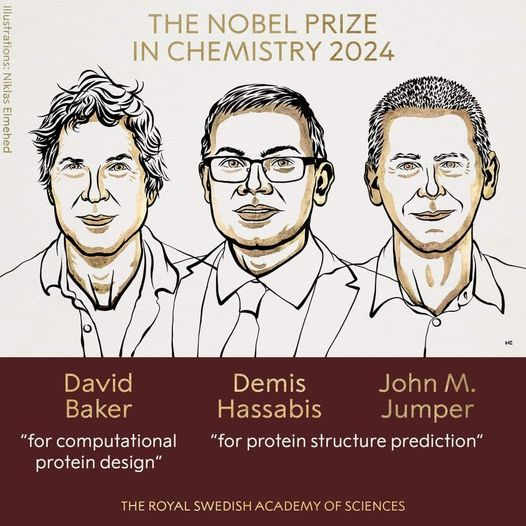!! Bridging Realms: The Symbiotic Relationship Between Experimental and Computational Physics !!
- Shubhayan Mukherjee

- Dec 16, 2023
- 3 min read
In the dynamic realm of physics, the synergy between experimental and computational approaches has become increasingly evident, shaping a holistic perspective for aspiring physicists. Even for undergraduates leaning toward experimental physics, the incorporation of computational calculations into their skill set is paramount for a multitude of reasons.
Complementary Skills Unveiled:
Firstly, these skills are complementary. Experimental and computational methodologies often intersect, and possessing knowledge in both areas allows students to seamlessly integrate empirical data with computational models. This fusion enriches their understanding of physical phenomena and cultivates a more comprehensive approach to scientific exploration.
Enhancing Analysis:
Furthermore, computational skills play a pivotal role in the analysis of experimental data. As experimental setups grow in complexity and generate copious amounts of information, the ability to process and interpret data using computational tools becomes indispensable. This integration enhances a student's capacity to derive meaningful insights from experimental observations.
Virtual Insights through Simulation:
Moreover, computational methods empower students to simulate experimental conditions virtually. This simulation capability becomes instrumental in predicting outcomes, optimizing experimental parameters, and pre-emptively addressing challenges, thereby streamlining the experimental design process.
Robust Problem-Solving in Action:
The acquisition of computational skills also contributes to the development of robust problem-solving abilities. In the realm of physics, where challenges often transcend traditional disciplinary boundaries, proficiency in both experimental and computational approaches equips students with a versatile toolkit for addressing a diverse array of scientific problems.
Technological Mastery:
In a world marked by technological advancements, understanding computational tools is crucial. Modern experimental setups frequently involve sophisticated technologies and intricate data structures. The adept use of computational methods enables students to manage and interpret large datasets efficiently, aligning them with the demands of contemporary experimental physics.
Interdisciplinary Collaboration:
Furthermore, the collaborative nature of interdisciplinary research is a hallmark of the contemporary scientific landscape. Computational skills open doors to collaborative projects that bridge the realms of experimental and theoretical physics, fostering a more interconnected and holistic scientific community.
Now, let's delve deeper into the integration of experimental and computational approaches based on personal experience. Although my research is rooted in hardcore experimental physics, I gained insight into Density Functional Theory (DFT) during my Master’s internship.
First Principle Calculations, including DFT and Molecular Dynamics (MD), are sophisticated computational methods that scientists use to understand the behavior of atoms and molecules on a fundamental level.
Density Functional Theory, a cornerstone of these calculations, is like a virtual microscope for molecules. Instead of directly observing the brushstrokes, DFT allows researchers to understand the electronic structure of molecules by focusing on the distribution of electrons, which are like the artistic elements shaping the painting.
On the other hand, Molecular Dynamics is like a time-lapse video for molecules. Picture molecules as tiny, dynamic entities constantly in motion. Molecular Dynamics simulations let scientists track these movements, like watching how dancers interact on a stage. This approach helps unveil the dynamic aspects of molecular behavior, providing insights into how atoms and molecules interact and change over time.
In simpler terms, these computational methods empower scientists to peek into the invisible world of atoms and molecules, allowing them to predict and understand their behaviors without needing a physical laboratory. It's like having a virtual laboratory where researchers can explore and unravel the secrets of the microscopic realm.
Now, imagine the scenario where experiments blend seamlessly with computational tools. It's akin to building a complex puzzle where some pieces are missing or unclear. Experimental physicists conduct experiments in the physical world, uncovering valuable insights into how things work. However, there are often aspects that experiments alone can't easily reveal.
Computational work, like Molecular Dynamics and Density Functional Theory, is a powerful tool to fill in the missing pieces. It's akin to having a virtual laboratory on a computer. While experiments provide real-world insights, computations help scientists predict and understand what happens between experimental points.
Think of it as a teamwork approach. Experiments provide hands-on, tangible information, while computational work acts as a guide, helping scientists explore different scenarios and make predictions. This collaboration between experiments and computations enhances our understanding of the world, making it easier to solve puzzles, predict behaviors, and design new materials or technologies. It's like having both a microscope and a simulator—working together to reveal the complete picture.
In conclusion, the integration of computational calculations into the toolkit of experimental physicists is not just a trend but a transformative shift. It empowers students to navigate the dynamic landscape of modern physics, where the synergy between experimentation and computation is key to unraveling the mysteries of the universe. Aspiring physicists equipped with both sets of skills stand at the forefront of scientific exploration, ready to bridge the gap between the observable and the unseen.





Comments